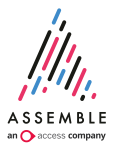When creating an advert to attract or recruit volunteers, there’s no ‘one size fits all’ route to success. The variables will depend largely on your organisation and your current strategy. If you haven’t already, then defining a volunteer recruitment strategy and tools to help you do so, will pay dividends when it comes to both the implementation of a campaign and measuring the impact of its success.
For many organisations, details of its volunteer opportunities will already be clearly defined in terms of the roles they offer and will often include the location, days, hours and skills required for these roles. However, in some cases, an active pool of interested volunteers will be required to call upon on an ad-hoc or reactive basis for events or emergency responses. In both cases, ongoing recruitment is essential to maintain over time as volunteers inevitably come and go, while the needs of the organisation will evolve.
Whatever the objective, establishing a consistent house style to promote your opportunities is a great place to start. Here, we’ve identified and featured some examples of how to write, design and display a compelling volunteer recruitment opportunity with some serious bang! Each step is intended to guide you through an on-brand experience that is engaging and informative from start to finish – a way to minimise drop-off rates and get prospective volunteers over the line.
Creating an opportunity
When creating and listing a volunteer opportunity, the most sensible place for this to live is on your website. Your website is trusted, credible and often the first place a volunteer would look to find out where to get involved. It also offers easy access for applicants to learn more about your organisation and can be measured for impact with basic (free) web analytics. For best results, each opportunity should have a unique page with a shareable URL. Wherever you promote this opportunity, the URL should appear and point volunteers back towards your recruitment page to register interest.
Name your role
Keep the name of your roles simple and to the point for example, ‘Cafe Volunteer’ or ‘Retail Volunteer’ – extra detail about the role can be added at a later stage. The title of the role should form the main header text for the web page, predominantly so that it stands out, but we also know that a well described heading will pay dividends from an SEO perspective. You may wish to add a location in cases where national roles are repeated across different locations, e.g. Cafe Volunteer (Trent Bridge).
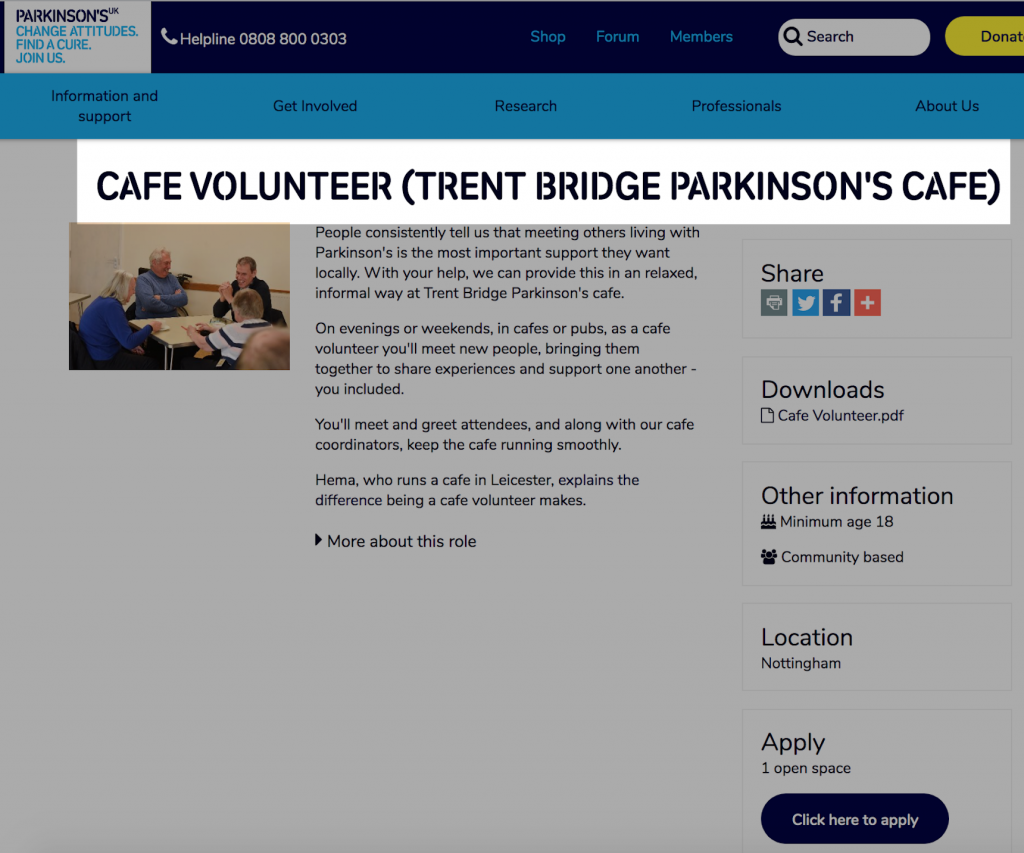
Display a location
Besides a role that requires you to work from your home, location is naturally one of the most important deciding factors for a volunteer. The precise location of the opportunity will give a good indication of whether it can be reached easily or is accessible by public transport. An embedded map would be a great addition, offering a user-friendly and eye catching visual to compliment an address.
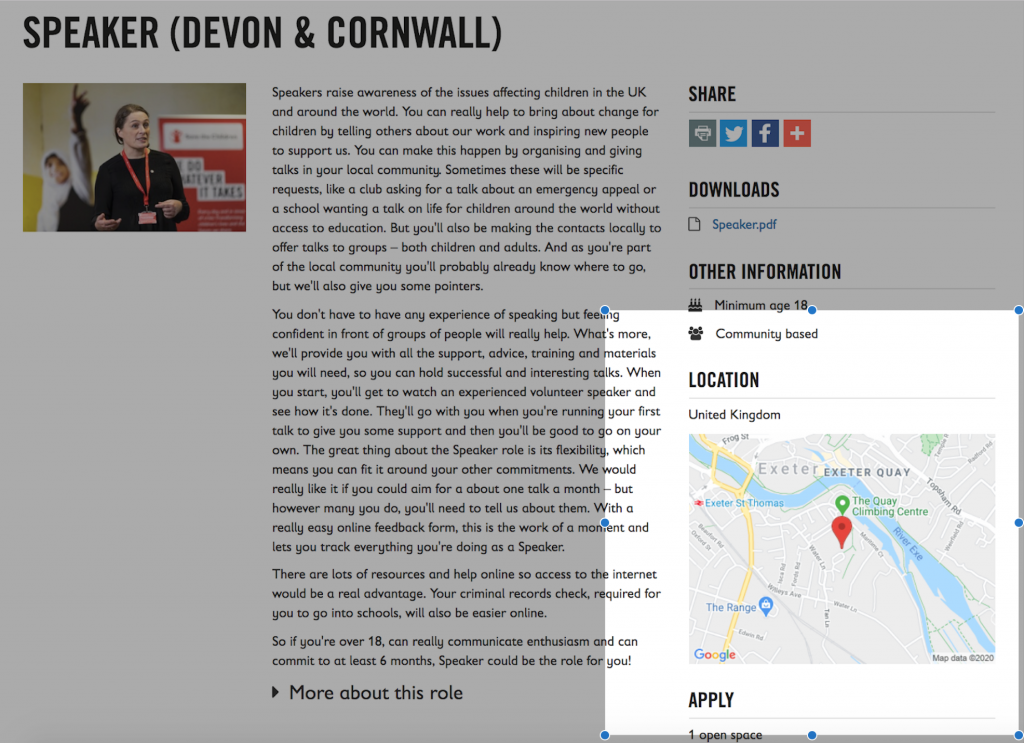
Offer a detailed role description
Taking time to elaborate and expand on any important information will be your point of difference here. What is it about your cause that will attract the right volunteer for you and vice versa? For organisations that are looking for a specific role or skill set, then take the time to outline this. Think carefully about the tone you use and if it represents your organisation and get creative – is it upbeat, fun, jovial, relaxed, professional – use keywords or phrases to describe your ethos. Finally, summarise the benefits for the volunteer, including what you can offer that will give them purpose and fulfilment.
Specify a day, time and duration
Outlining the time commitment is a necessary and binary factor in most cases. Can one be there at that time or not? Integrating this information into the design can make the process of elimination straightforward. Including information on whether the role is a one-off position or an ongoing one would be hugely beneficial too. Getting the topline information clearly accessible at a glance – and with an orderly design – will help navigating your opportunities easier for potential volunteers.
Use an image
Whilst copy is important to an advert, a picture can be so much more emotive. From a design perspective it sets the tone for the page and creates an immediately polished and professional feel, bringing the role to life. Consider if an image can enable a volunteer to visualise themselves in the role, or perhaps the image provokes or resonates for some other purpose?
Make your content available to download
Make a printable download of the role information available – this could mirror the opportunity advert or include additional information (i.e more detail). A PDF is great for sharing with others that don’t have regular access to a computer and will always print in a tidy format exactly as it was intended to be viewed.
Get mobile ready
If technically, you’re not quite set up correctly, what works for the big screen doesn’t always translate to a mobile device and there’s nothing more frustrating than fiddling (and failing) on a phone. As much of what we do today is on-the-go, don’t make this the barrier to entry and get mobile ready. Use a responsive design that looks as good on a mobile device as it does on a computer screen.
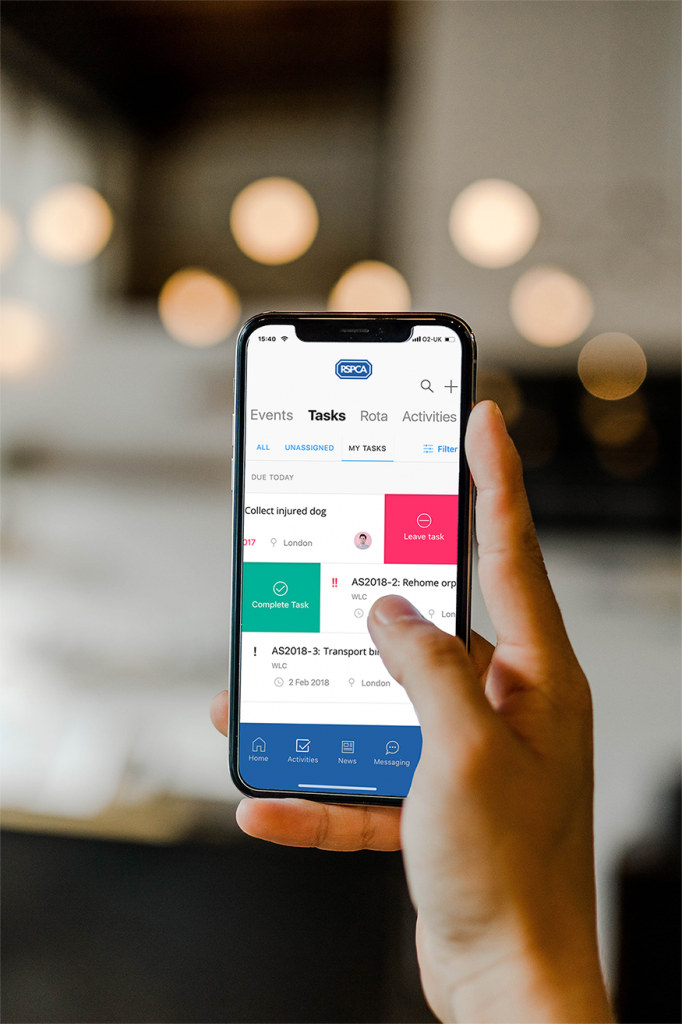
Enable users to share
It won’t be a surprise to hear that volunteers are some of your best recruitment ambassadors and will rally the support of friends, colleagues and other like minded peers to volunteer. Make it easy for friends, family or other supporters of your organisation to promote an opportunity to their favourite social media channels by including share buttons on your page. And don’t forget to check the links are working before publishing.
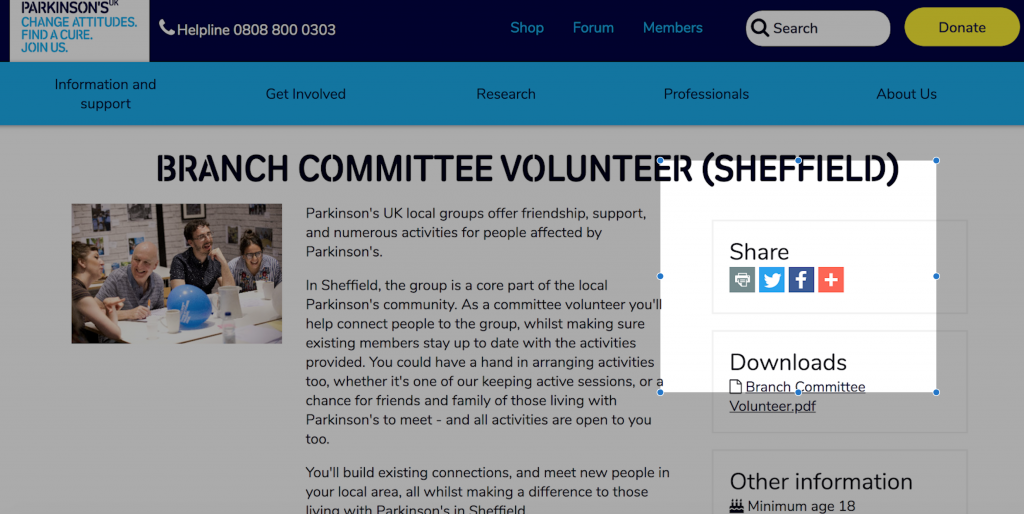
Provide a call to action
The main aim of the game is to make suitable volunteers hit that button and register their interest, so let them know exactly where it is. Make the user experience seamless with a clear actionable instruction of what to do and highlight this as best as possible, for example with a call to action button in a single, consistent colour that aligns to your brand.

Collect the data
If you are not using a volunteer management system to collect your data, then have a data capture method setup. Ensure all the important information you require is stored and organised safely and securely and of course complies with GDPR.
If you are interested in seeing how Assemble can revolutionise your recruitment process, then request a demo.
For more examples on how Assemble works with customers to attract volunteers see
